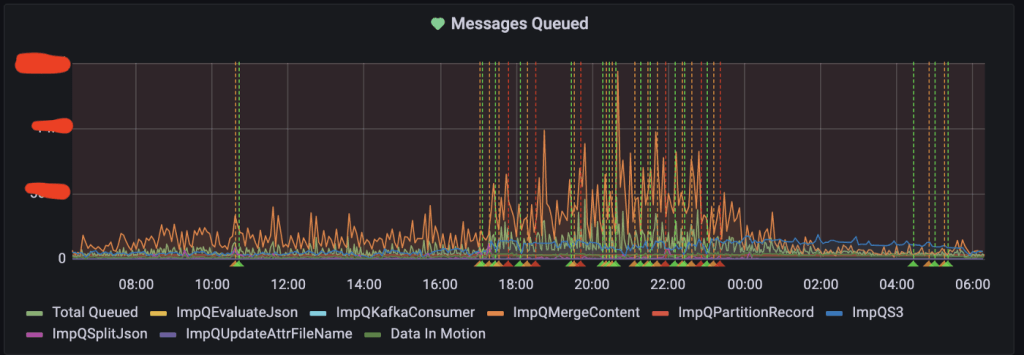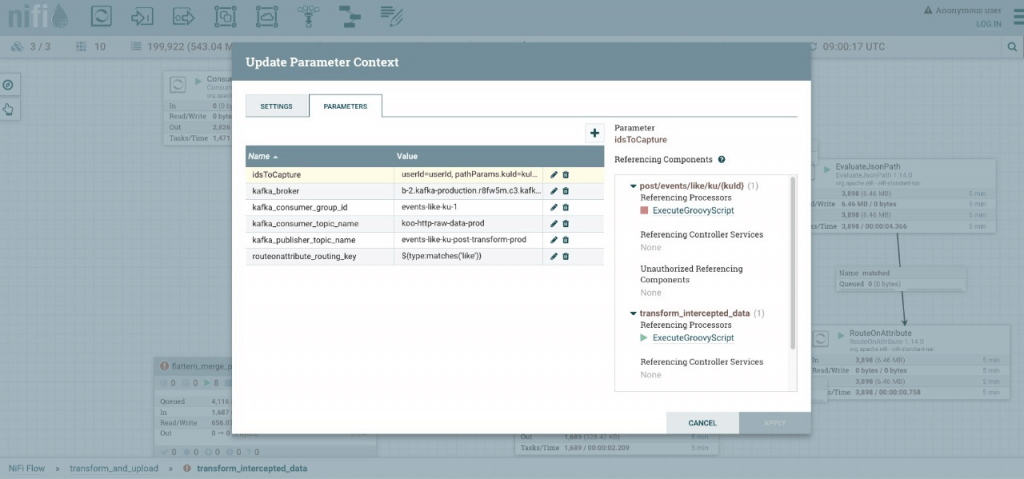Koo’s data platform — part 1: Apache Kafka and NiFi
Popular Post

Privacy Policy
2022-10-18 05:59:32

Community Guidelines
2022-03-23 11:54:34

Koo Accounts of Eminence
2022-04-25 10:17:12

Frequently Asked Questions
2022-04-26 07:21:26




